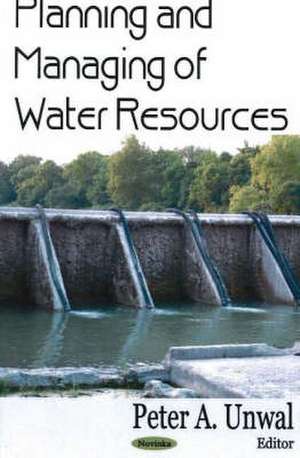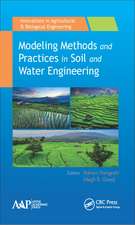Planning and Managing of Water Resources
Editat de Peter A. Unwalen Limba Engleză Paperback – 3 sep 2006
Preț: 327.48 lei
Preț vechi: 443.66 lei
-26% Nou
Puncte Express: 491
Preț estimativ în valută:
62.68€ • 68.11$ • 52.69£
62.68€ • 68.11$ • 52.69£
Carte disponibilă
Livrare economică 31 martie-14 aprilie
Preluare comenzi: 021 569.72.76
Specificații
ISBN-13: 9781594547577
ISBN-10: 1594547572
Pagini: 53
Ilustrații: b/w illus
Dimensiuni: 139 x 210 x 5 mm
Greutate: 0.11 kg
Editura: Nova Science Publishers Inc
ISBN-10: 1594547572
Pagini: 53
Ilustrații: b/w illus
Dimensiuni: 139 x 210 x 5 mm
Greutate: 0.11 kg
Editura: Nova Science Publishers Inc
Cuprins
Preface; Western Water Resource Issues; Upper Mississippi River System: Proposals to Restore an Inland Waterways Ecosystem; Index.














